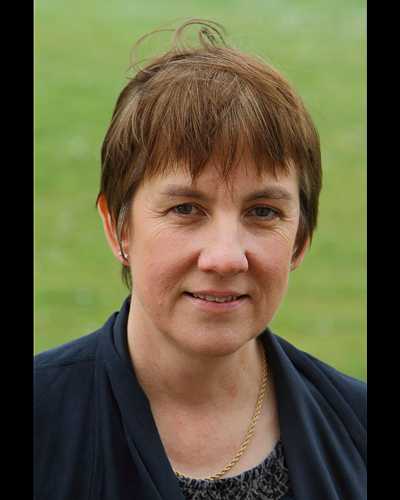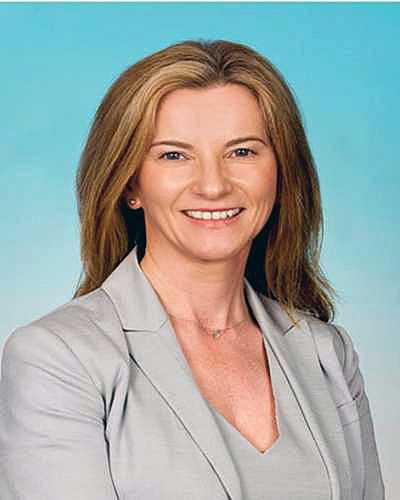Abstract
Introduction: Currently, more than 1.6 million Irish people live rurally. Rural populations in Ireland are older and have more health needs compared with younger urban areas. Meanwhile, since 1982, the proportion of general practices in rural areas has decreased by 10%. In this study, we look at new survey data to investigate the needs and challenges of rural general practice in Ireland.
Methods: This study will make use of survey responses from the 2021 membership survey by the Irish College of General Practitioners (ICGP). The anonymous, online, survey was sent by email to the ICGP membership in late 2021, with a series of questions pertaining to practice location, and prior experience of living and working in a rural area designed specifically for this project. A series of statistical tests will be undertaken as appropriate for the data.
Results: This study is ongoing; we aim to present data on the demographics of those working in rural general practice and related factors.
Discussion: Previous research has shown that people who grew up or trained in rural areas are more likely to work there after qualifying. As the analysis of this survey continues, it will be important to see if this pattern is evident here as well.
You might also be interested in:
2008 - Evaluation of a pharmacist-led, medicines education program for Aboriginal Health Workers




